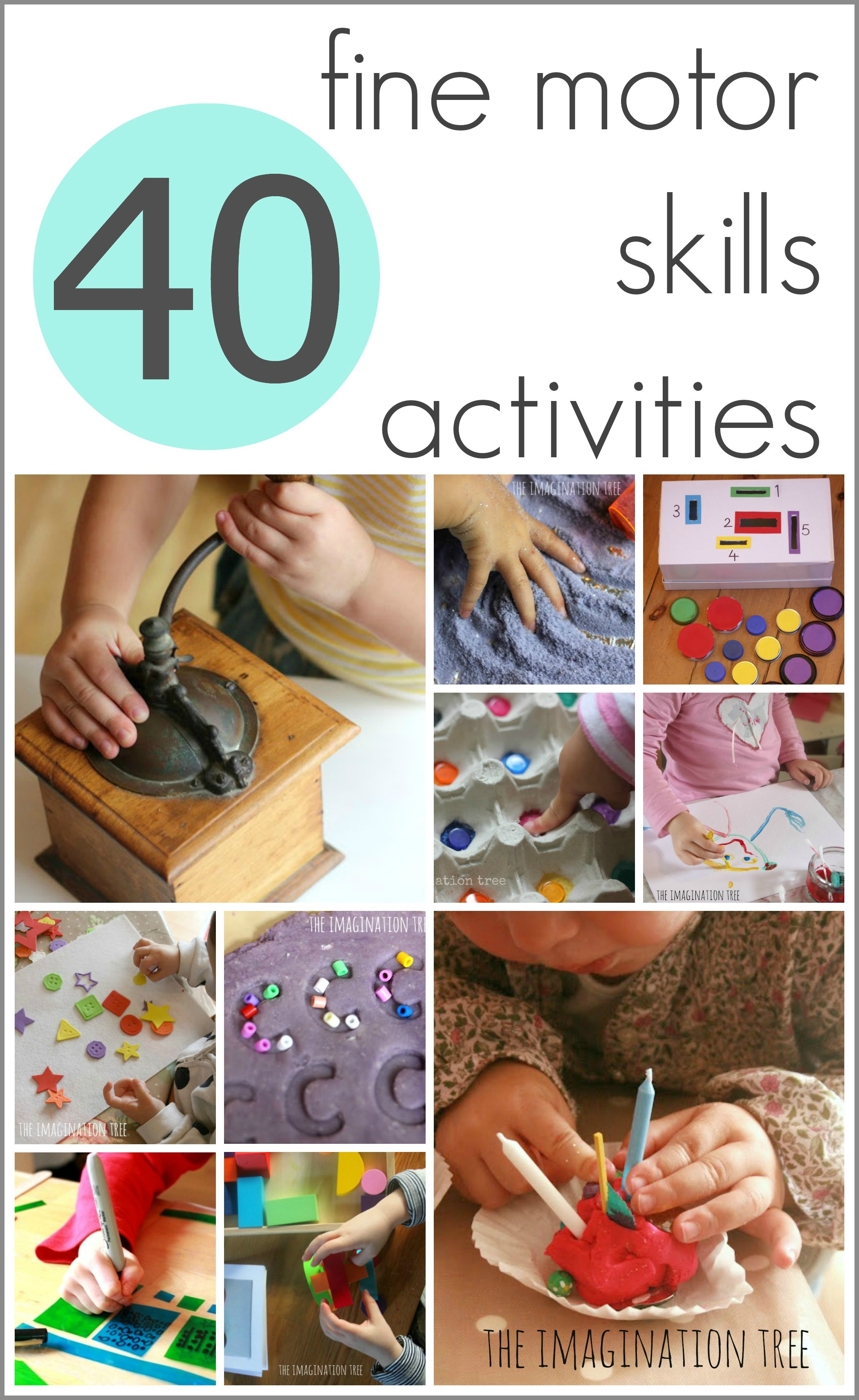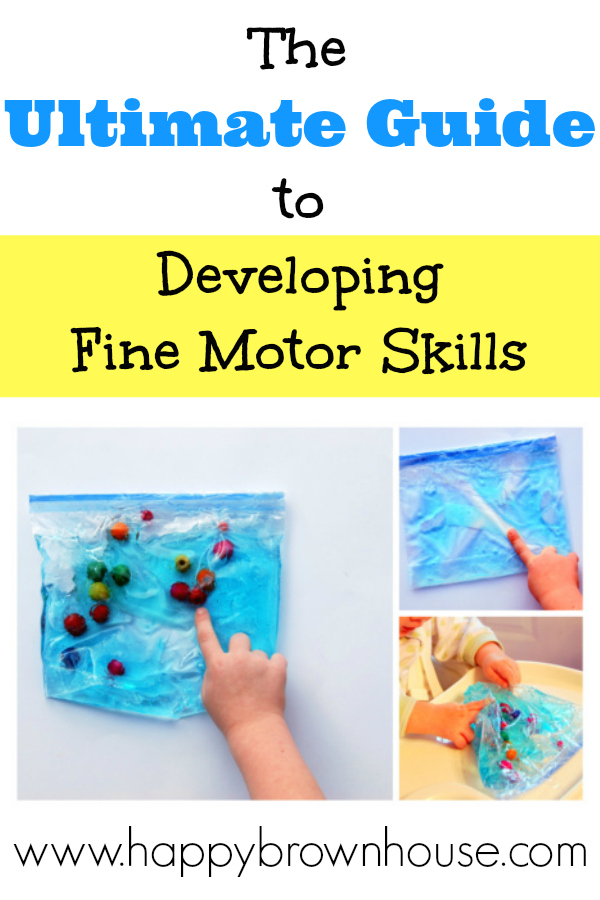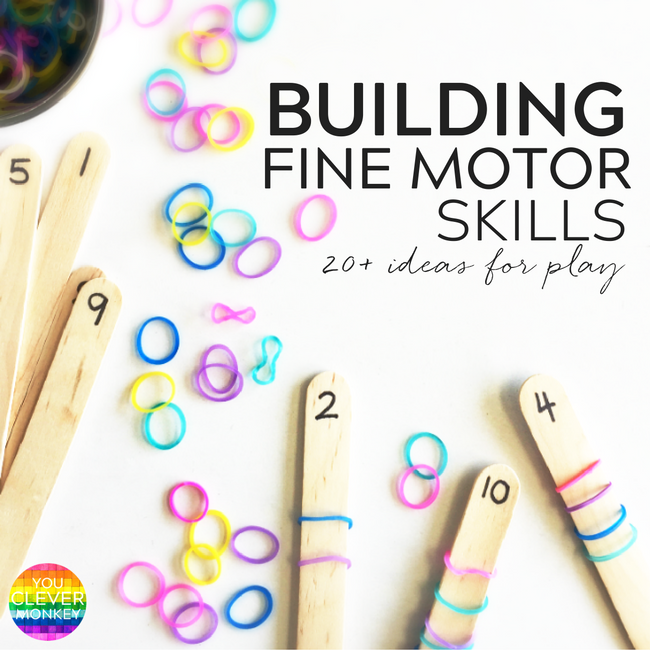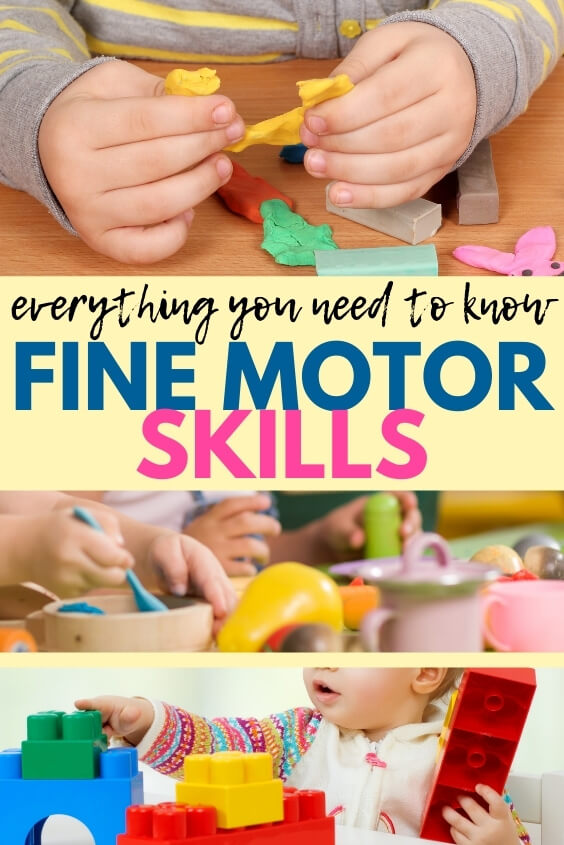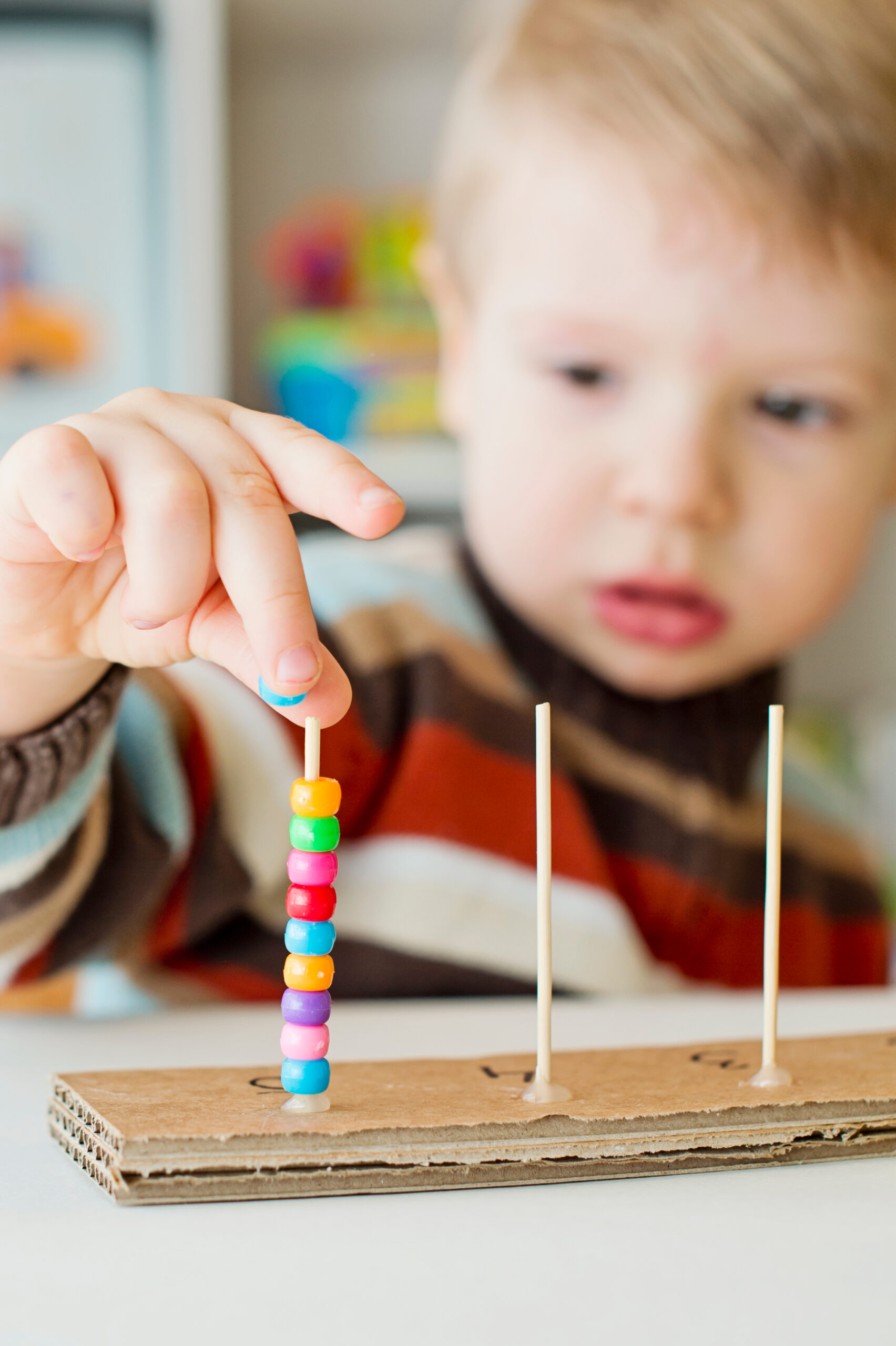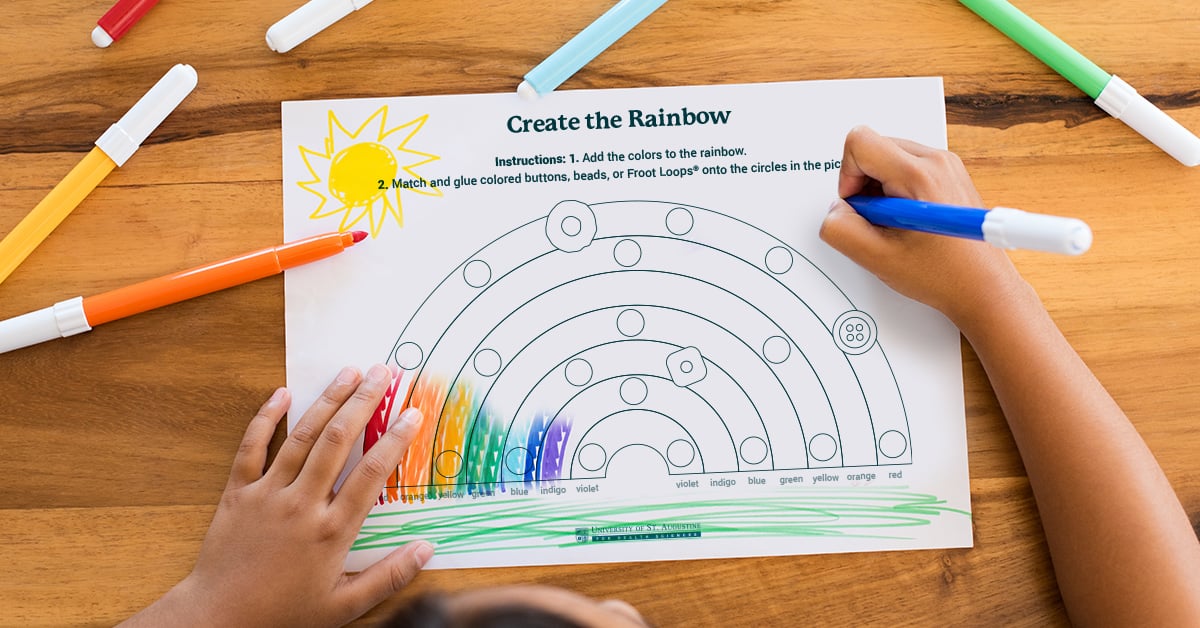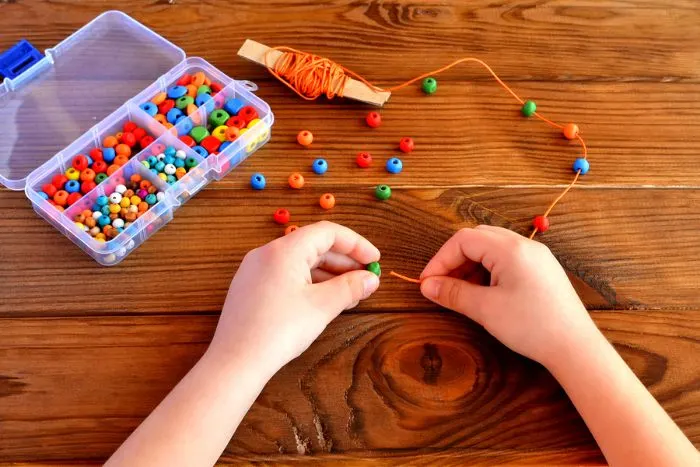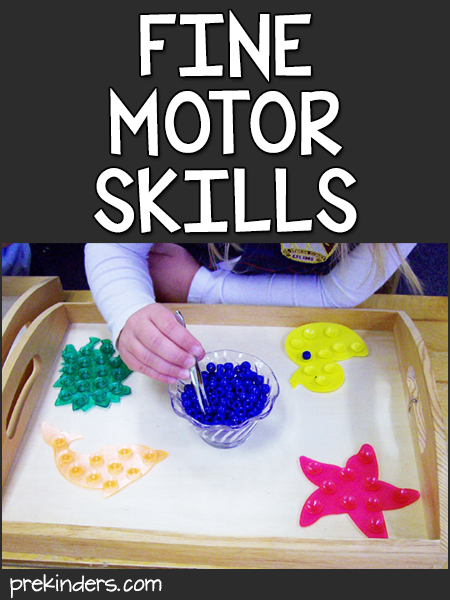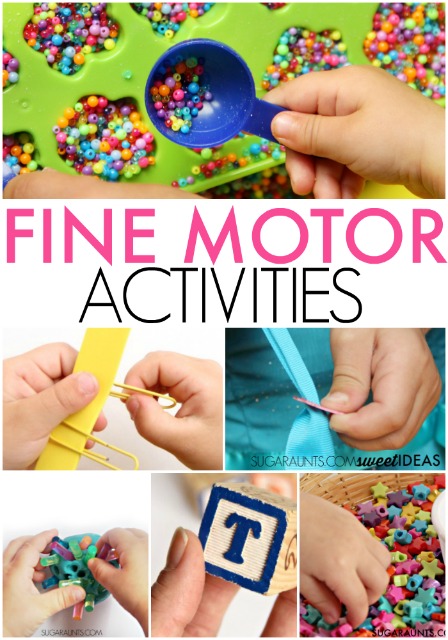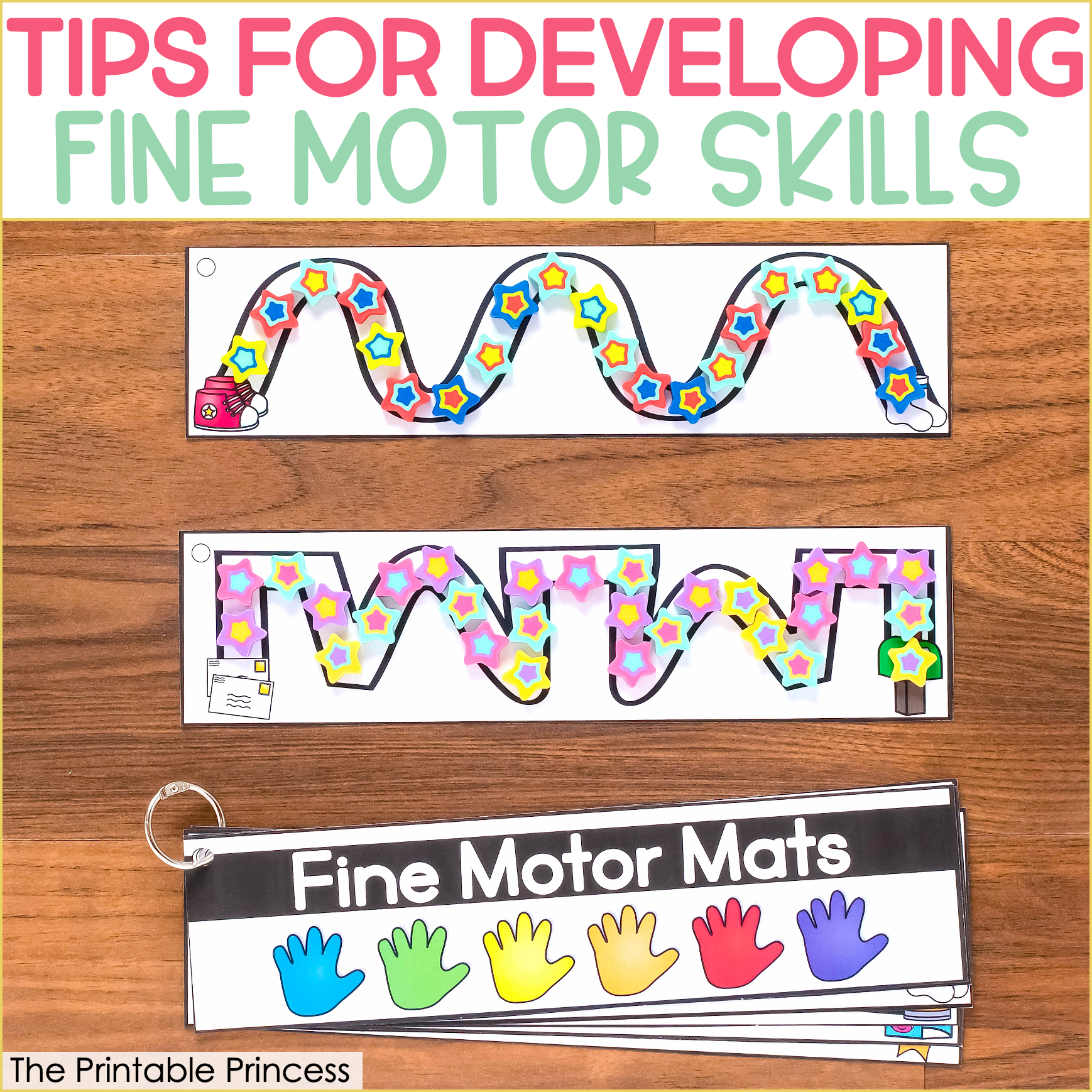Simple Tips About How To Develop Fine Motor Skills
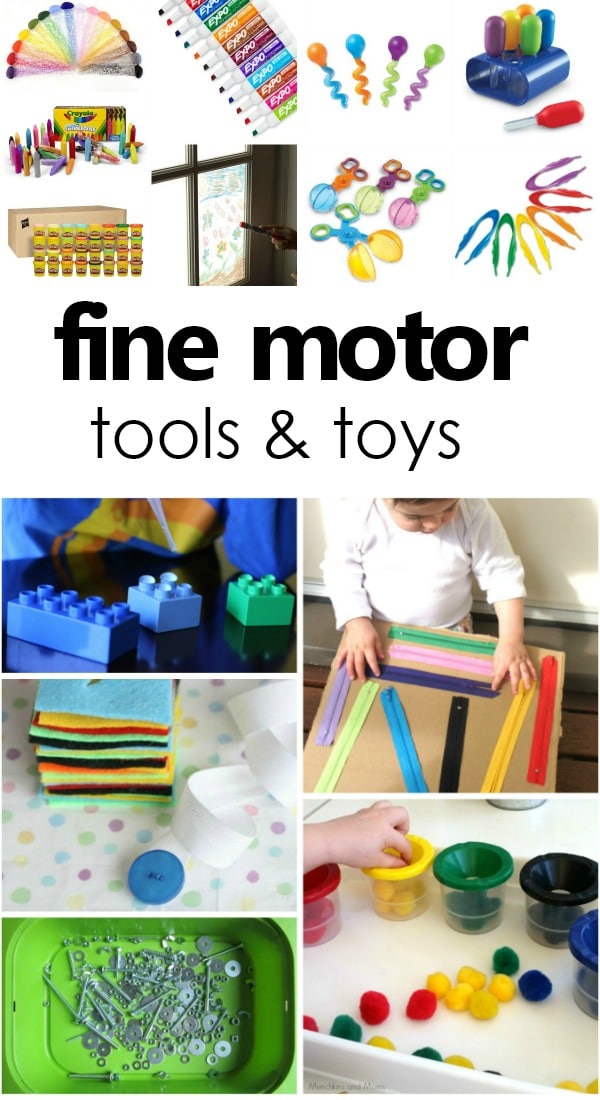
When they are able to carry out a tricky task independently, children are acutely aware of this.
How to develop fine motor skills. Drawing with a crayon directly onto paper, rather than using the traditional coloring books or markers, also helps develop fine motor skills. Use sidewalk chalk to draw on the. Here are some fun options that usually appeal to children:
At 4 years old, your child is a big kid now, and his hand and finger skills are almost completely developed. Motor skills develop at different stages of a child's growth and development. Sometimes though, some babies need to be encouraged t.
These are things like board games, memory card games, sequencing games, card. Once babies begin to hold and grab things around them, you know their fine motor skills are developing. Giving students the opportunities to develop these critical skills is key to future.
Typing words on a tablet, threading a needle, making daisy chains — all these actions. Touch (tactile), movement (vestibular), body. Handwriting is one of the best ways to develop and harness fine motor skills.
Hanging a stuffed animal or toy from the car seat or stroller for swatting. Practicing skills such as lacing, threading beads onto a string and tying shoes are all great ways to improve fine motor ability. If you’re looking for the definitions of fine and gross motor skills, think of the terms in this way:
Help with meals—stir, shake, chop, cut, and mix. Below, we look at different motor skills development milestones for fine. As well as small muscles like the fingers, larger muscles and postural stability are needed when.
